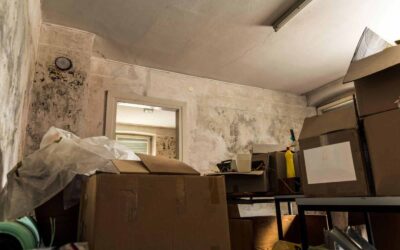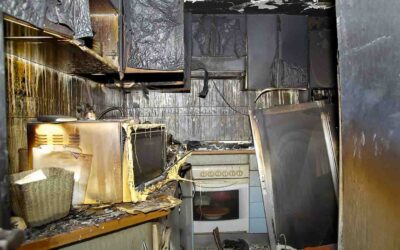For most of our clients, their home is literally killing them. Bit by bit, slowly over time … it’s killing them! Approximately 25 percent of the population is so affected by mold that their bodies simply don’t know what to do with it. It affects every bodily system and leads to a whole host of ill effects.
This can be anything from physical ailments, like fatigue, muscle pain, or digestive issues, to mental health effects, such as brain fog, anxiety, or depression. Unfortunately, most of our clients also have something else in common: they have gone mis- or undiagnosed, often for years or even decades. Usually, this is because most traditional medical professionals, while great at what they do, simply do not know much about mold and how it affects humans.
If you’re still reading this and nodding your head, you need to, at some point—if you haven’t already—find a great naturopathic doctor or functional medicine doctor. They can send you through a few, albeit expensive, tests and diagnose what others didn’t or couldn’t.
Locate the Source of the Mold
Now that you (finally!) know what is affecting you … what is killing you, the next step in the process is to find out where it’s coming from. Connect with a talented indoor environmental professional or certified industrial hygienist who is experienced with DNA-based testing.
If you hire a good one, they will come out to your home and provide a full assessment and a written protocol on what should be done to clean the problem up. Usually, this includes demolition of at least some of the materials in your home. It should also include a survey of any and all current and observable historical leaks or water damage.
Once you have this report, you are equipped with everything you need to actually start getting better.
Find a Qualified Mold Remediation Company
Your next step is to reach out to mold remediation companies, but not just anyone who says they “do mold” will do. You need someone who is experienced and who specializes in bioremediation, or small particulate cleanup (it goes by a couple of names, but they mean the same thing).
This will be a challenge, as there are actually more environmental testing companies than actual remediators. You are looking for a company that can show you at least a handful of successful projects that include DNA-based clearance testing (meaning HERTSMI or ERMI). If they can’t show you even a few, or worse yet, try to tell you why you don’t need that and that air sampling will do … RUN! They are telling you this because they can’t pass the high bar of DNA-based testing and only care about your money, not your health.
A professional company that specializes in this space should have a plan for everything, from your belongings to your home to your schedule. You should get a confident, protected feeling when you talk to them. They should make you feel like they care about you and your health, not just your wallet.
Bioremediation Process
Once you have a contractor selected, the real work begins. First, a plan will be implemented to take care of all your belongings. We have been involved in many projects in which the contents were the major contributing factor to the overall health of the home, so this step should not be omitted.
Once the contents are out of the way, the demo work will begin. A good team of experienced technicians will be able to address all the issues from the report, assess any newly discovered issues, and do so in a way that minimizes the rebuild costs.
Once all the sources of mold are addressed, it’s time for the fine detail work. A team of talented and very detail-oriented people will come in and clean your home on the microscopic level, down to every ledge and surface including walls, trim, baseboards, and so on.
Retest
Now that the home is clean, it’s time to wait. Why? And for how long? The wait period is at least 21 days (but not more than 60) and is done so that the home can return to its “normal ecology.” What does that mean? It means that if you test right when the project is finished, you are (or at least should be) testing freshly cleaned surfaces with no dust. However, the testing laboratories need dust in order to test the space. So testing should be done 21 days after the work is substantially complete so that you have the formation of dust to give you accurate results.
Testing too quickly runs the risk of giving you a false negative and also doesn’t allow any undiscovered or missed mold colonies to be discovered through the clearance testing process. We routinely have clients who want to test more quickly, and for the sake of their health and well-being, we refuse. You’ve come this far, let’s get you the true results you deserve!


